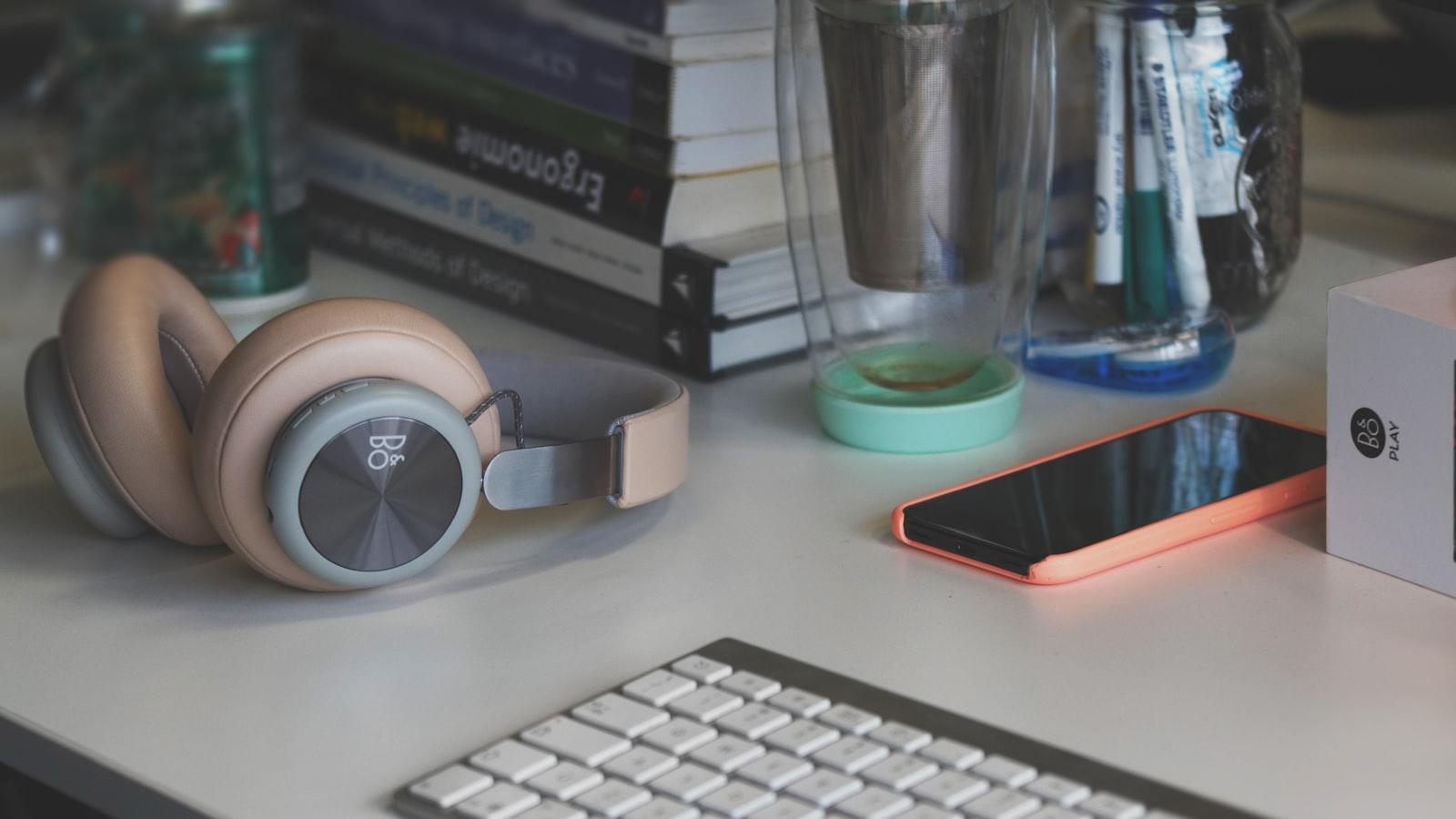In today’s fast-paced digital era, navigating personal finances can feel like steering a ship in uncharted waters. Yet, amid the sea of expenses and income streams, a beacon of hope shines brightly: financial tools and apps designed to simplify budget tracking. From the casual spender to the meticulous saver, everyone stands to benefit from these technological marvels, but which ones actually work? In this exploration, we delve into the vast array of financial tools and apps that promise to turn chaotic ledgers into organized symphonies, deciphering the ones that truly deliver on their promises. Join us as we chart a course through the world of digital finance, shedding light on the best companions for your budgeting journey.

Top Financial Tools for Effective Budget Tracking
When it comes to keeping track of your finances, having the right tools can make all the difference. There’s a range of apps and tools designed to help you manage your budget more effectively. Some of the standout options include:
-
- Mint: A comprehensive app that connects to your bank accounts, categorizes your transactions, and provides custom budget insights.
-
- YNAB (You Need A Budget): This tool focuses on proactive budgeting to help you allocate funds to various categories before you spend a dime.
-
- Personal Capital: Beyond just budgeting, this app offers investment tracking and wealth management features.
Here’s a quick comparison of some popular budget-tracking tools:
| Tool | Best For | Unique Feature |
|---|---|---|
| Mint | Overall Budgeting | Custom Budget Insights |
| YNAB | Proactive Budgeting | Fund Allocation |
| Personal Capital | Investment Tracking | Wealth Management |
These tools not only help you keep track of your spending but also offer features like categorizing expenses, setting financial goals, and sending reminders for bill payments. Try out a few to see which one suits your needs best!

Key Features to Look for in Budget Tracking Apps
When choosing a budget tracking app, keep an eye out for user-friendly interfaces that make managing your finances a breeze. It’s essential that the app is simple to navigate, with clear categories for income and expenses. Look for options that offer customizable budget categories, so you can tailor your budget to fit your specific needs. Alerts and reminders can also be super handy, keeping you notified about upcoming bills and low balances.
Another important feature is synchronization with your bank accounts and credit cards, which ensures that your financial data is updated in real-time. Some apps go the extra mile by providing spending analysis tools that give detailed reports on where your money is going. If you appreciate a bit of friendly competition, some apps offer goal-setting features to help you save for future plans. To make your search easier, here’s a quick comparison table of some handy features:
| App Feature | Importance |
|---|---|
| Customizable Budget Categories | High |
| Bank Syncing | Essential |
| Spending Analysis | Useful |

Expert Recommendations for Choosing the Best Financial App
Choosing the right financial app can make a world of difference in how effectively you manage your budget. Experts recommend first identifying your specific needs. Are you looking for simple expense tracking, detailed financial analysis, or something in between? User-friendly interfaces are essential, especially if you’re not a tech-savvy individual. Look for features like customizable categories, automatic transaction import, and spending alerts. These functionalities can help keep your finances in check without overwhelming you.
Additionally, consider the app’s compatibility. Check if it integrates well with your bank and other financial institutions. Experts often suggest looking at user reviews and ratings for a realistic idea of its performance. Another thing to consider is the cost; while some apps offer free versions, premium versions often come with advanced features like investment tracking or credit score monitoring. Below is a quick comparison table of popular financial apps:
| App | Cost | Key Features |
|---|---|---|
| Mint | Free/Premium | Budget Tracking, Alerts, Investment Monitoring |
| YNAB | Paid | Goal Setting, Real-Time Updates, Debt Tracking |
| Personal Capital | Free | Investment Analysis, Retirement Planning |

Analyzing the Pros and Cons of Popular Budget Tracking Tools
Choosing the right budget tracking tool takes some careful thought, as each option comes with its own set of advantages and drawbacks. Mobile apps like Mint and YNAB (You Need a Budget) are immensely popular for their ease of use and accessibility. With real-time updates and smart notifications, they keep you on top of your spending. However, some users find the constant alerts overwhelming, and there’s also a learning curve associated with setting up categories and goals effectively. On the other hand, Excel spreadsheets offer deep customization and are perfect for those who prefer manual entry for a more personalized approach; although, they can be time-consuming and might not sync well across devices.
For those seeking simplicity, Pen and Paper budgeting remains a reliable classic. This method requires no technical skills and provides a tangible sense of control over your finances. But let’s face it—updating manually can be tedious, and it’s easy to make errors. Online platforms such as Personal Capital combine the benefits of automation with financial planning features, offering a variety of tools for investment tracking. Despite these perks, they often come with subscription fees, which may not be ideal for everyone. Here’s a quick comparative table to break down these points:
| Tool | Pros | Cons |
|---|---|---|
| Mint | Real-time updates, smart alerts | Overwhelming notifications |
| YNAB | Easy to use, goal setting | Learning curve |
| Excel | Customizable, detailed | Time-consuming |
| Pen & Paper | No tech skills needed, tangible control | Prone to errors, tedious |
| Personal Capital | Automation, investment tracking | Subscription fees |
Q&A
Q: Tired of overspending and struggling to stick to a budget? Looking for the perfect financial tools and apps to help you manage your finances better?
A: You’ve come to the right place! We’ve done the research for you and compiled a list of the top tools and apps that can help you track your budget effectively.
Q: What are some popular financial tools and apps for budget tracking?
A: Some popular financial tools and apps for budget tracking include Mint, You Need a Budget (YNAB), Personal Capital, and PocketGuard. Each of these tools offers unique features to help you stay on top of your finances.
Q: How do these tools and apps work?
A: These tools and apps work by syncing with your bank accounts and credit cards to track your spending and categorize your transactions. They also allow you to set budget goals, track your progress, and receive alerts for overspending.
Q: Are these tools and apps safe to use?
A: Yes, these tools and apps use encryption and other security measures to protect your financial information. However, it’s always important to use strong passwords and be cautious about sharing sensitive information online.
Q: Which financial tool or app is the best for budget tracking?
A: The best financial tool or app for budget tracking is subjective and depends on your personal preferences and financial goals. We recommend trying out a few different options to see which one works best for you.
Q: Can these tools and apps help me save money?
A: Yes, these tools and apps can help you save money by giving you a better understanding of your spending habits and helping you identify areas where you can cut back. They can also help you set savings goals and track your progress towards achieving them.
Q: How much do these tools and apps cost?
A: Most of these tools and apps offer free versions with basic features, as well as premium versions with more advanced features for a monthly or annual fee. The costs vary depending on the tool or app you choose.
Q: Are there any drawbacks to using financial tools and apps for budget tracking?
A: Some potential drawbacks of using financial tools and apps for budget tracking include potential security risks, the learning curve of using a new tool, and the temptation to rely too heavily on technology for managing your finances. It’s important to use these tools as a supplement to your financial management skills, rather than a replacement.
Future Outlook
the world of financial tools and apps offers a plethora of options for budget tracking, each providing unique features and benefits. Whether you prefer the simplicity of a spreadsheet or the convenience of a cutting-edge app, the key is to find a tool that suits your individual needs and helps you stay on top of your finances. Experiment with different tools, and don’t be afraid to mix and match until you find the perfect solution for your budget tracking needs. Remember, the best tool is the one that works best for you. Happy budgeting!


[…] Many financial apps offer free versions with basic features. If you need more advanced tools and insights, you might have to pay for a […]